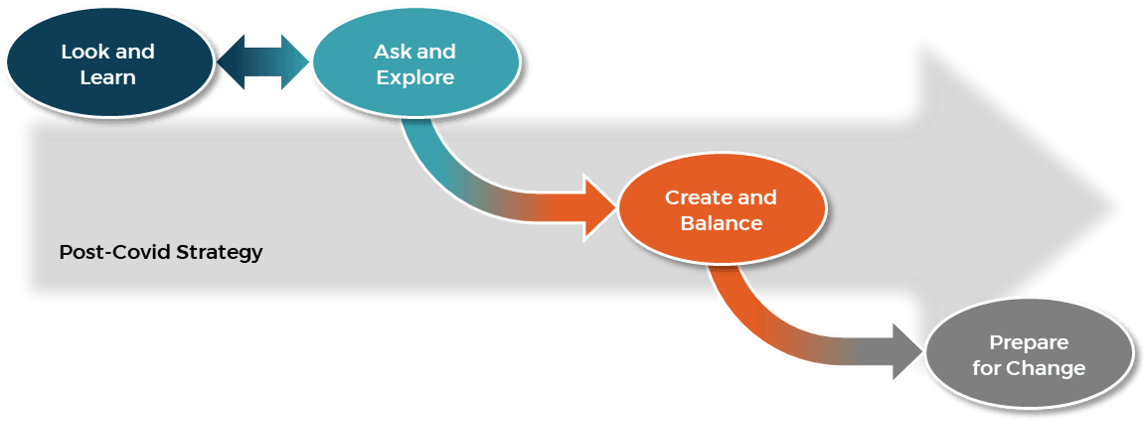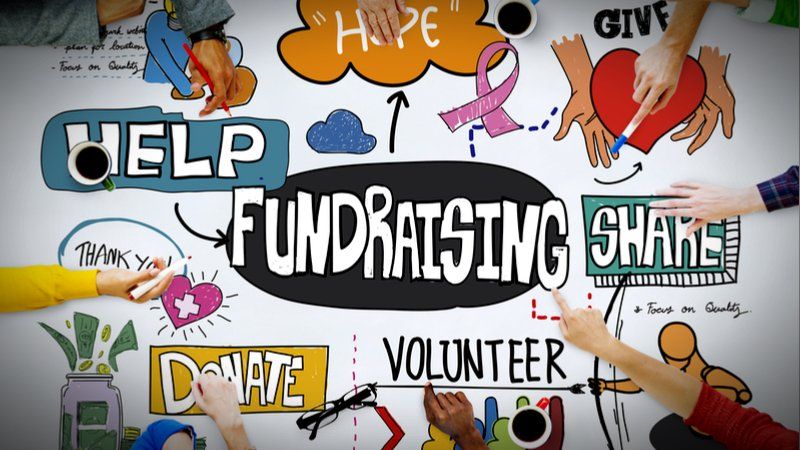Four steps to a post-Covid strategy

1. Look and Learn
As we’ve stated before, non-profits shouldn’t be thinking about going back to “old ways.” Most organizations have tried new different things as part of their pandemic responses, and this is the time to internally assess what worked, what didn’t, and why. Learn from your adaptations. Were you able to serve more people, in more ways? Did you stay consistent with your mission? Did any of your changes demonstrably sustain or improve program outcomes, client access, workforce cost-effectiveness, donor engagement, and/or internal efficiency (for example, is there evidence that virtual interventions work as well as in-person)? Understanding your successes and the practices that didn’t deliver is critical information for planning your approach to the post-pandemic future.
2. Ask and Explore
Your internal evaluation may suggest program, delivery, and outreach modifications produced the same or better results than pre-Covid practices. However, this may not tell the entire story, as demand will be dynamic, client expectations and preferences may be shifting, and the public may not be fully aware of how you’ve changed and what you’ve accomplished (for example, clients might like mobile services vs. going to a fixed site). How can you know? Simply put, ask! Go straight to the sources and find out what clients need and want, what donors (new and old) want to see and hear about, and what the public knows. Also, talk to your peers—what are they doing? What opportunities are there to maintain pandemic-era collaborations, or start new ones now?
3. Create and Balance
Evaluation and exploration will provide key information to inform strategy, but they don’t create it by themselves. Ideas and decisions that leverage best practices and correctly interpret lessons learned will define your future. Consider these things, and generate ideas that will increase your value to the community through the best mix of pre-pandemic practices, Covid-era solutions, and post-pandemic opportunities (e.g., collaboration with other non-profit, government, and business partners). You’ll need to assess cost-effectiveness and resource feasibility in a complex budget environment, while taking advantage of opportunities to increase income and reduce expenses. There will be tradeoffs, but also ways to be significantly better for the population you serve.
4. Prepare for Change
Post-Covid strategy demands readiness for transition. Program priorities, delivery methods, and outreach plans may necessitate redefining jobs and re- and/or cross-training employees and volunteers to both meet existing needs and increase flexibility for shifting demand. Maintaining virtual services and/or keeping some portion of your workforce remote will require establishing an adequate technology infrastructure. Funding will also be essential—especially as Covid grants expire, and everyone will need to be involved in informing donors and sponsors plans, impacts, and financial needs. The process of setting up frameworks for community collaboration has to start right away. These are just some of the immediate preparations you’ll need to make for the future.
Does this sound suspiciously like “strategic planning?” It should, and the time is now. Anticipating how demand will change in a dynamic environment will be more challenging than usual, but that can be overcome with: (1) Detailing a shorter time horizon in a longer-term context, (2) Considering scenarios, and (3) Constantly reviewing data (e.g., program and delivery use, demographic, and economic trends) to make informed adjustments. More than ever, strategy can’t be a static exercise. There are uncertainties, certainly, but the steps outlined above will ensure you won’t be caught off guard, but are ready for what comes next.
Post Authors
Tom Morley - Managing Director, Snowflake Consulting
Dawn Devine - Executive Director, Shenandoah Valley Discovery Museum
More Information
Contact us to learn more about the planning for the post-Covid environment.
SHARE THIS POST












